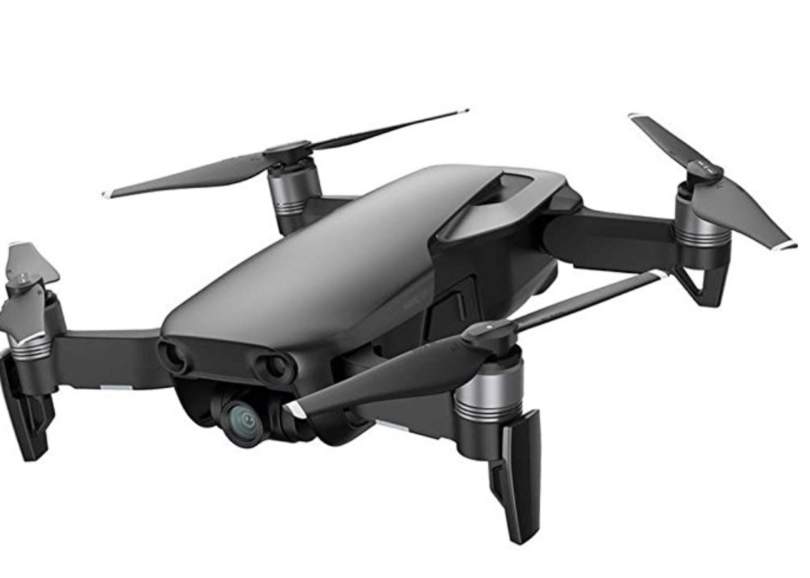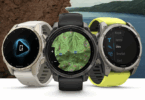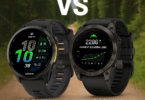Last week, the undisputed global drone leader, DJI, released two new drones as updates to their fantastic, original DJI Mavic Pro. One, the Mavic 2 Pro, comes with a 1″ sensor that packs fantastic image quality into a packable drone and the other, the Mavic 2 Zoom, gives the original camera a 2X optical zoom for getting in closer – without having to actually move the drone.
3 Reasons the DJI Mavic Air May STILL Be the Ultimate Travel Drone
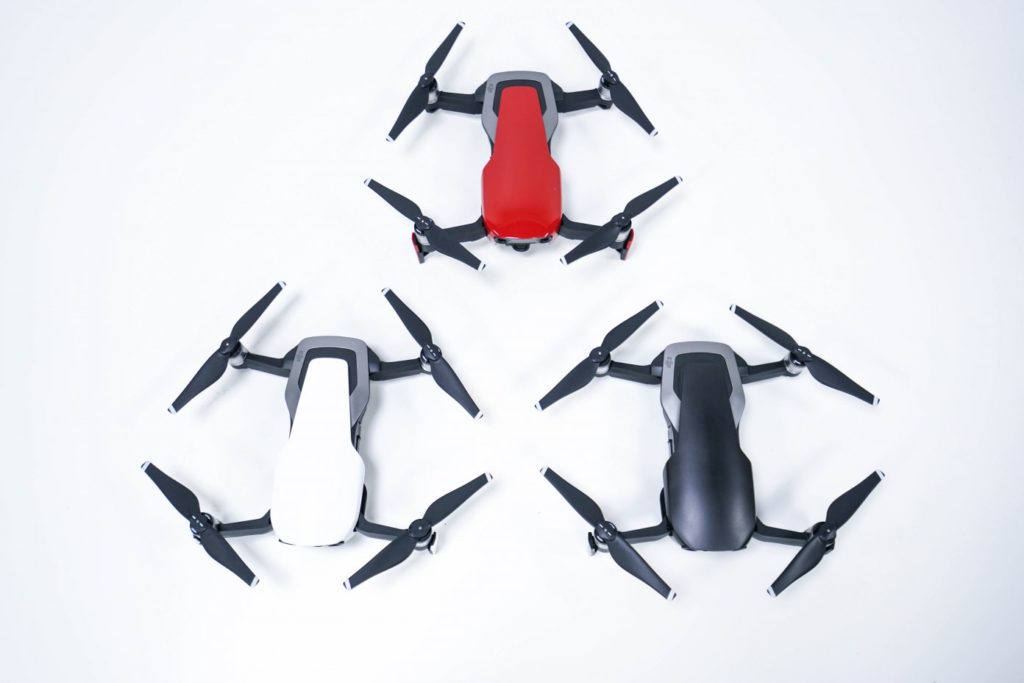
Courtesy of DJI
Both of these drones have caught on big already with some people even buying both because they can not figure which model will work out better for their uses. There is no question – either drone will make superb drones for travel. They both enjoy several upgrades (faster top speed, longer battery life, better obstacle avoidance, more travel-friendly remote, better ActiveTrack, etc) but it is up to you to decide whether you want a higher quality image sensor or a camera that zooms.
Both are being hailed by many reviewers as the best drone for travel, adventuring, etc. However, there are some reasons that DJI Mavic Air should still be on travelers’ list as a drone of interest. Depending on the type of travel you do, the DJI Mavic Air can still be the ultimate travel drone.
Weight
If you plan on traveling internationally with your drone, this one reason right here may be the only reason you need. That is because the DJI Mavic Air weighs in at just 430 grams. The reason that is important is that many countries set the weight limit for drones that can be flown without registration (or at all) at 500 grams. This means the Mavic Air easily clears that legal hurdle and will allow you to take it up in those countries (while following their other regulations as well).
The new Mavic 2 drones, while lightweight for flying machines carrying cameras, are a bit heftier at just over 900 grams. This means that those same countries will require you to register those drones with the appropriate departments and some may even have more certification steps for you.
Plain and simple – if you plan on taking your drones to any of the countries with smaller weight restrictions (like the 500 gram limit), go with the Mavic Air (unless you don’t mind going through the registration/certification process). Also, be aware that there are restrictions of even lesser weights. The new UK laws are in effect that limit drone weight for non-registered drones to just 250 grams!
Of course, that extra pound saved over the Mavic 2 drones can also be helpful when traveling with airlines that check for every bit of weight! 🙂
Size

Size comparison to show how small the Mavic Air is (it is the unit in the middle) | Courtesy of DJI
Again, the Mavic 2 drones are engineering feats with what they have managed to cram into such small bodies. However, the Mavic Air is still quite a bit smaller than those two drones. I like to carry a drone around with me in a daypack and even on a running belt when out and about and the Mavic Air fits perfectly for such situations.
Even in the included case, it is quite small, being only about the size of a business class amenity kit. Of course, the drone itself is also quite small, occupying the same footprint as some larger smartphones.
Yes, the Mavic 2 Pro is quite a bit smaller than the almost equivalent-camera equipped Phantom 4 Pro but the Mavic Air is even smaller than that. You will not have the same image quality on the Mavic Air but it is still really, really good (I think that the image from the Mavic Air, especially in video, is even better than the Mavic Pro).
Price
Now we get to another important point – price. The price for the DJI Mavic Air, without the Fly More Combo (which has extra batteries, charging hub, extra propellors, etc), is $799. With the rare sale, I have seen that down closer to $700 at times. If you opt for the Fly More Combo (which I would advise), you are looking at $999.
When we get to the new drones, the Mavic 2 Zoom costs $1,249 and the Mavic 2 Pro costs $1,449 – both a healthy upgrade in price to match the tech upgrades. That means you will be paying $450 more for the Mavic 2 Zoom or $650 more for the Mavic 2 Pro – over the Mavic Air. That is like paying for two Mavic Air drones for the price of one Mavic 2 Pro!
I am not saying those new drones are not worth their prices but as price is an important factor, I think the Mavic Air’s price gives it yet one more reason to be the ultimate travel drone.
*Bonus Reason*
This one is likely more of a personal reason and not something that would bother everyone but I hated the old gimbal cover for the Mavic Pro. It was not that strong and was multi-step to secure the gimbal for travel. DJI did not upgrade that process or part in the new Mavic models so you have the same thing.
On the other hand, the gimbal/camera cover for the Mavic Air is really good – it clips into the body and secures the gimbal in a way that blends the whole thing in with the body. I think it is the perfect solution.
All in all, the build quality of the Mavic Air is excellent and I have had no issues traveling – and even running – with it.
One Big Reason to Choose a new Mavic INSTEAD of the Mavic Air
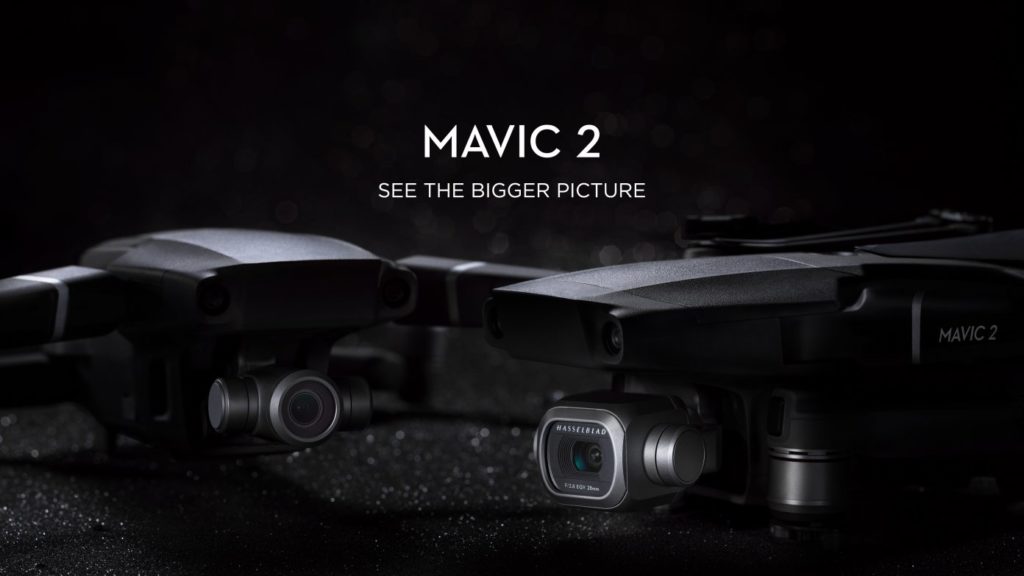
With the transmission control system of the Mavic Air, DJI uses something called “enhanced WiFi” which is different from their OcuSync that they have in the other Mavic models. With the new drones, you can fly them up to 5 miles away and still get a 1080P video transmission sent back to you – great for controlling your drone at max distance.
However, with this other system on the Mavic Air, the distance is not nearly as good. It is even worse around buildings or other areas of interference.
For this reason, if size/weight/price are not the biggest concerns for you, I would go for one of the new Mavic drones. But, if you are just using it for traveling and not needing to fly it over 1 mile away (especially since many countries require you to keep it in sight), the Mavic Air is still a tough drone to beat for traveling purposes.

